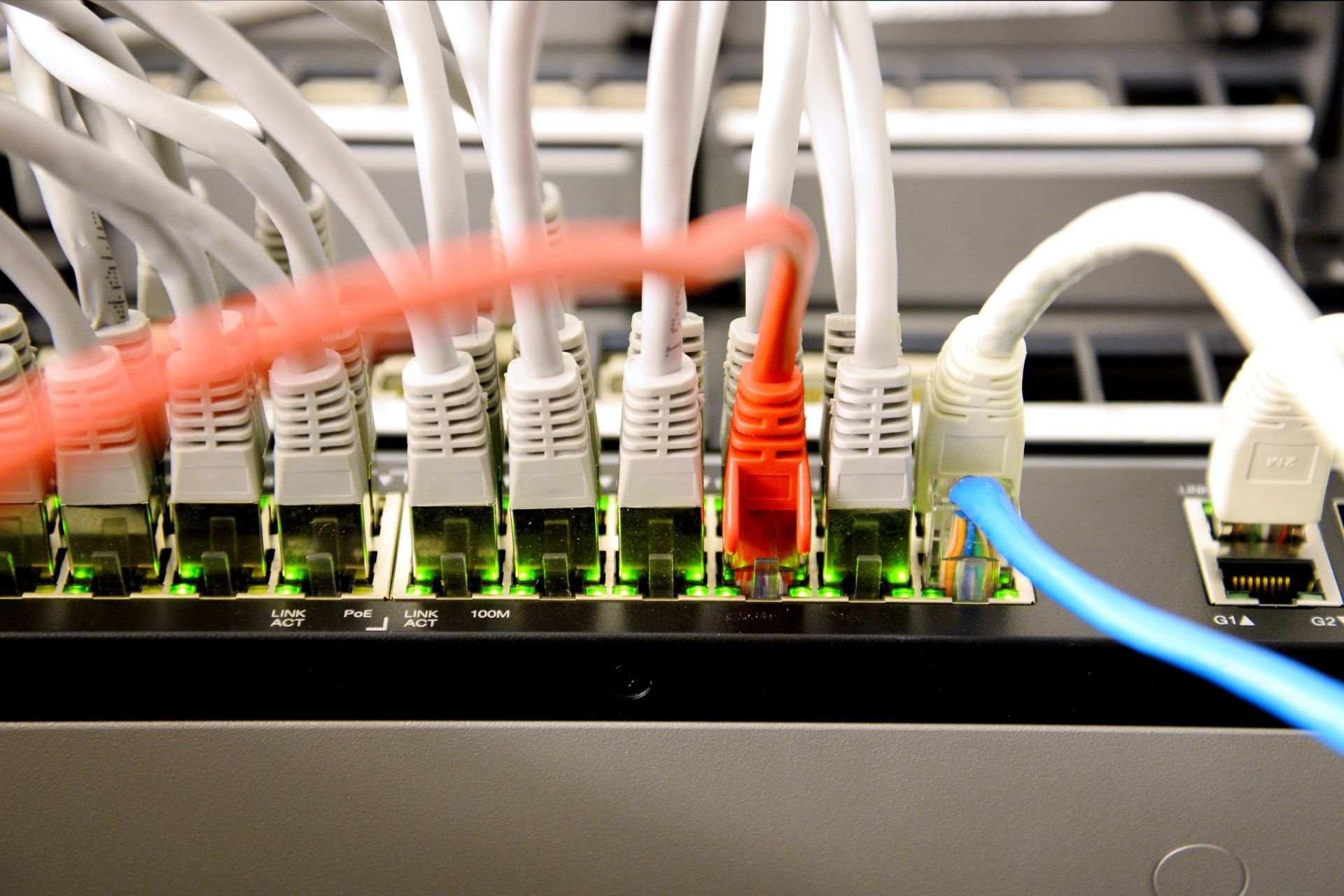

Rate limiting is a crucial tool in DDoS mitigation as it helps in controlling the amount of traffic that can reach a server or network. By setting limits on the number of requests or connections that can be made within a certain time frame, rate limiting can prevent overwhelming the system with excessive traffic during a DDoS attack. This restriction on the rate of incoming requests can help in identifying and blocking malicious traffic, thereby reducing the impact of the attack.
Anomaly detection plays a significant role in identifying DDoS attacks by monitoring network traffic patterns and identifying any deviations from normal behavior. By analyzing traffic data in real-time, anomaly detection systems can detect unusual spikes or patterns that may indicate a DDoS attack. This early detection allows for prompt action to be taken to mitigate the attack and prevent any disruption to the network or services.
Last Installation of the year: Lunya Liverpool @ Liverpool One: Who waited well over 12 months for a leased line connection from one of the large national internet providers, who...

Posted by on 2023-12-21
Completed: Our team enjoyed working on the new #TaylorSwift (I Can See You) music video that was filmed in the Cunard Building, which is part of our Connected Venues Network. We enabled...

Posted by on 2023-08-01
A web application firewall (WAF) can assist in mitigating DDoS attacks by filtering and blocking malicious traffic before it reaches the web application or server. WAFs can inspect incoming traffic, identify suspicious patterns or signatures associated with DDoS attacks, and block them proactively. By providing an additional layer of defense, WAFs can help in reducing the impact of DDoS attacks on web applications and ensuring their availability.

Having a content delivery network (CDN) in place is significant for DDoS protection as it can help in distributing incoming traffic across multiple servers and data centers. By caching content closer to users and offloading traffic from the origin server, CDNs can absorb a significant amount of traffic during a DDoS attack. This distributed architecture can help in reducing the load on the network and mitigating the impact of the attack on the targeted server.
A scrubbing service helps in cleaning incoming traffic during a DDoS attack by filtering out malicious traffic and allowing only legitimate traffic to reach the server. This service works by redirecting all incoming traffic through a scrubbing center where it is analyzed, and malicious traffic is removed before reaching the target network. By scrubbing the traffic and removing DDoS attack payloads, the scrubbing service can help in maintaining the availability of the network and services.

Using a reverse proxy for DDoS mitigation offers several benefits, including hiding the origin server's IP address, caching content, and filtering out malicious traffic. Reverse proxies can act as a buffer between the client and the server, inspecting incoming requests and blocking any suspicious traffic before it reaches the server. By offloading some of the processing tasks from the origin server, reverse proxies can help in reducing the impact of DDoS attacks and ensuring the availability of the services.
Network segmentation can aid in reducing the impact of DDoS attacks on critical systems by isolating them from the rest of the network. By dividing the network into separate segments or zones, each with its own security measures and access controls, network segmentation can contain the spread of a DDoS attack and prevent it from affecting critical systems. This isolation can help in minimizing the damage caused by the attack and maintaining the availability of essential services.

A Content Delivery Network (CDN) plays a crucial role in bulk internet delivery by optimizing the distribution of content to end-users across various geographical locations. By utilizing a network of servers strategically located around the world, a CDN helps reduce latency, improve website loading speeds, and enhance overall user experience. This is achieved through caching content on edge servers, utilizing advanced caching algorithms, and leveraging data compression techniques. Additionally, CDNs help mitigate traffic spikes, distribute bandwidth efficiently, and provide scalability for websites and applications with high volumes of traffic. Overall, CDNs play a vital role in ensuring fast and reliable delivery of bulk internet content to users worldwide.
Bulk internet providers manage the transition from IPv4 to IPv6 by implementing dual-stack networks, which allow for the coexistence of both protocols during the migration period. They also utilize tunneling techniques such as 6to4 and Teredo to facilitate communication between IPv4 and IPv6 networks. Additionally, providers may use Network Address Translation (NAT) to extend the lifespan of IPv4 addresses while gradually transitioning to IPv6. By conducting thorough network assessments, upgrading hardware and software, and providing training for their staff, bulk internet providers can ensure a smooth and efficient transition to IPv6 without disrupting their services.
ISPs manage congestion for bulk internet users by implementing various techniques such as traffic shaping, bandwidth throttling, Quality of Service (QoS) policies, and network optimization. These strategies help prioritize and allocate bandwidth to ensure that high-volume users do not monopolize the network resources, leading to a more equitable distribution of bandwidth among all users. Additionally, ISPs may use deep packet inspection (DPI) to identify and control specific types of traffic, such as peer-to-peer file sharing or video streaming, that contribute to congestion. By employing these methods, ISPs can effectively manage congestion and maintain a consistent level of service for all users on their network.
Bulk internet traffic analysis raises significant privacy concerns as it involves the collection and analysis of large volumes of data transmitted over the internet. This type of analysis can potentially reveal sensitive information about individuals, such as their browsing habits, online purchases, communication patterns, and even their location. By examining patterns in the data, analysts can create detailed profiles of users without their knowledge or consent. This not only violates individuals' privacy rights but also raises the risk of data breaches and unauthorized access to personal information. Additionally, bulk internet traffic analysis can lead to the creation of targeted advertising campaigns, further compromising users' privacy and potentially influencing their behavior online. Overall, the widespread practice of bulk internet traffic analysis poses a serious threat to online privacy and data security.
Bulk internet providers ensure compliance with data protection regulations by implementing robust cybersecurity measures, conducting regular audits, and providing employee training on data privacy best practices. They utilize encryption protocols, firewalls, intrusion detection systems, and access controls to safeguard sensitive information. Additionally, they adhere to industry standards such as GDPR, HIPAA, and CCPA to protect customer data. By monitoring network traffic, conducting vulnerability assessments, and implementing incident response plans, bulk internet providers can proactively identify and mitigate potential security risks. Through ongoing compliance monitoring and risk assessments, they strive to maintain the confidentiality, integrity, and availability of data while adhering to legal requirements and industry guidelines.
Bulk internet data centers have significant environmental impacts due to their high energy consumption, which contributes to carbon emissions and global warming. The cooling systems required to maintain optimal operating temperatures in these data centers also consume a large amount of water, leading to water scarcity issues in some regions. Additionally, the disposal of electronic waste generated by outdated equipment in data centers can pollute the environment if not properly managed. The construction of these facilities can also result in habitat destruction and loss of biodiversity. Overall, the environmental footprint of bulk internet data centers is substantial and requires careful consideration and mitigation strategies to minimize their negative effects on the environment.
Bulk internet providers utilize advanced encryption protocols such as AES, SSL, TLS, and IPsec to ensure secure data transfers for their customers. These providers implement end-to-end encryption to protect sensitive information from unauthorized access or interception. Additionally, they may use VPNs, firewalls, and other security measures to safeguard data during transmission. By employing encryption technologies and following industry best practices, bulk internet providers can maintain the confidentiality and integrity of data as it travels across their networks.